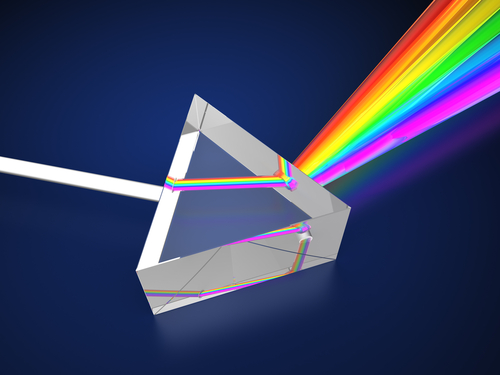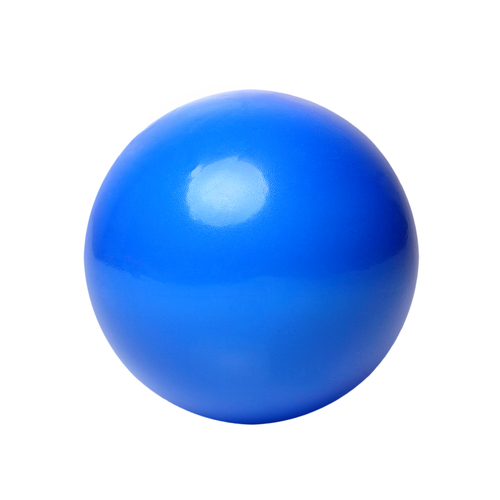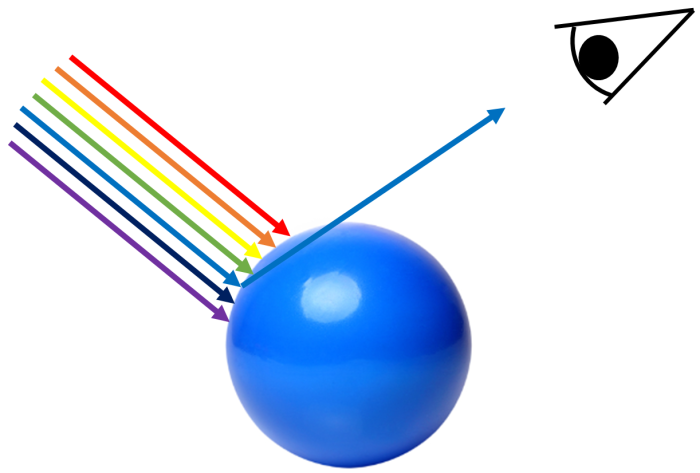What is white light made of?

To find out what white light is made of, you need to look no further than a rainbow! Sunlight is white, but when it shines through rain, it undergoes a process called dispersion. This separates it into the seven colours: red, orange, yellow, green, blue, indigo, and violet. This is called the spectrum of visible light.
Red has the longest wavelength and lowest frequency. As you go through the spectrum, each colour's wavelength decreases and frequency increases, meaning violet has the shortest wavelength and highest frequency. All the colours of the rainbow travel at the same speed, of 300,000,000 metres per second.
How can you separate white light?
White light is separated by raindrops because it makes the light slow down and decrease their wavelengths as it travels from air to water. As the light leaves the raindrop, the speed and wavelength both increase. As all the different colours have different wavelengths, they change direction by slightly different amounts, meaning that, as they leave the raindrop, they all travel in slightly different directions, effectively 'bending' away from the original path they were taking. Red light bends the least and violet bends the most.

In a laboratory, you can make this happen by shining white light into a glass prism. This will disperse the white light into a spectrum, making a little rainbow across your desk.
Why does any object have a colour?
An object's colour depends purely on the colours of light that it reflects.
For example, here is a blue ball:

We can see that it is blue, but it is only this colour because it is reflecting blue light and absorbing all the other colours of the spectrum.
Let's draw a diagram to show what the ball is doing to each colour:

Every colour of the spectrum is absorbed by the ball, except for blue. By only reflecting blue light, the object appears blue, as this is the only colour of the spectrum that reaches our eyes. If the source of light contained no blue light, the ball would not be able to reflect any colours and would instead appear black.
Let's try some questions now.







